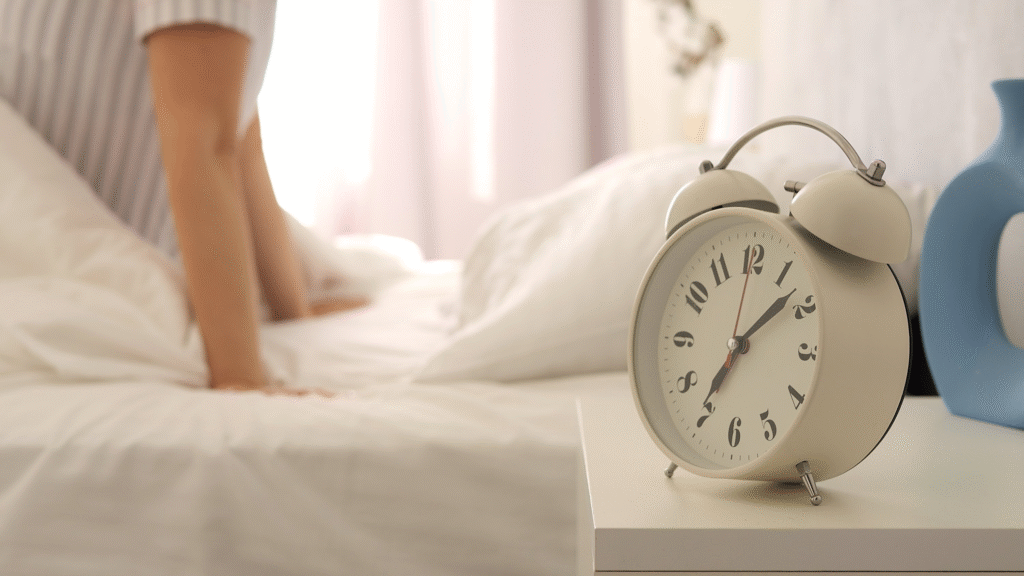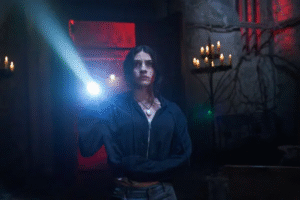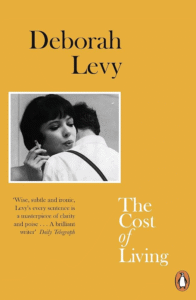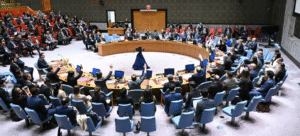The Psychology of Color: How Colors Affect Our Mood and Behavior
Color is a powerful tool that influences our emotions, perceptions, and behaviors in subtle yet profound ways. From the vibrant hues of a sunset to the calming shades of a forest, colors shape our experiences and environments. The psychology of color explores how different colors impact our mood and behavior, providing insights into their significance in various contexts such as marketing, design, and daily life.

The Basics of Color Psychology
Color psychology is the study of how colors affect human emotions and behavior. It is rooted in the idea that colors can evoke specific psychological responses. These responses are often influenced by cultural, personal, and contextual factors. While individual reactions to colors can vary, certain general patterns have been observed:
- Warm Colors (Red, Orange, Yellow): Warm colors are often associated with energy, warmth, and excitement. They can evoke feelings of passion, enthusiasm, and happiness. However, they can also be overwhelming and may cause agitation or aggression in some situations.
- Cool Colors (Blue, Green, Purple): Cool colors are typically linked to calmness, tranquility, and relaxation. They can create a sense of peace and stability, but in some cases, they may also evoke feelings of sadness or indifference.
- Neutral Colors (Black, White, Gray, Brown): Neutral colors are versatile and can convey a range of emotions depending on their context. Black can represent sophistication and elegance, while white often symbolizes purity and simplicity. Gray can evoke neutrality and balance, whereas brown is associated with comfort and reliability.
The Emotional Impact of Specific Colors
Different colors have distinct psychological effects that influence our emotions and behaviors:
- Red: Red is a stimulating and attention-grabbing color. It is often associated with strong emotions such as love, passion, and anger. Red can increase heart rates and create a sense of urgency, making it a popular choice for warning signs and advertisements.
- Blue: Blue is known for its calming and soothing properties. It is often associated with trust, loyalty, and tranquility. Blue can lower blood pressure and create a sense of calm, making it a preferred color for bedrooms and workplaces.
- Yellow: Yellow is a bright and cheerful color that evokes feelings of happiness and optimism. It is associated with energy and creativity. However, excessive yellow can cause feelings of anxiety or frustration.
- Green: Green is often linked to nature, growth, and harmony. It has a calming effect and is associated with renewal and stability. Green can promote relaxation and reduce stress, making it a popular choice for healthcare settings.
- Purple: Purple is associated with luxury, creativity, and spirituality. It can evoke feelings of mystery and sophistication. Purple is often used in branding and design to convey a sense of elegance and uniqueness.
- Black: Black is a powerful and sophisticated color. It can represent elegance, formality, and authority. However, it can also evoke feelings of sadness or oppression if used excessively.
- White: White symbolizes purity, simplicity, and cleanliness. It can create a sense of space and openness. White is often used in minimalist designs and healthcare environments to convey a sense of sterility and order.
- Gray: Gray is a neutral color that represents balance and neutrality. It can evoke a sense of calm and composure but may also be perceived as dull or uninspiring if overused.
Applications of Color Psychology
Understanding the psychology of color has practical applications in various fields:
- Marketing and Branding: Companies use color psychology to influence consumer behavior and create brand identity. For example, fast-food restaurants often use red and yellow to stimulate appetite and create a sense of urgency.
- Interior Design: Interior designers use color to create specific moods and atmospheres in different spaces. Calming colors like blue and green are often used in bedrooms, while energizing colors like red and yellow are used in kitchens and dining areas.
- Healthcare: Healthcare facilities use color to promote healing and well-being. Soft, calming colors are used in patient rooms to create a relaxing environment, while bright colors are used in pediatric wards to create a cheerful atmosphere.
Color is a powerful psychological tool that influences our emotions, perceptions, and behaviors. By understanding the impact of different colors, we can make informed choices in various aspects of life, from interior design to marketing and beyond. The psychology of color reveals the intricate ways in which colors shape our experiences and interactions, highlighting their significance in our daily lives.




















